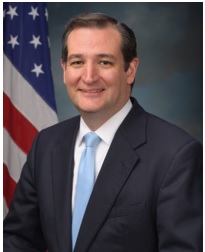Is this the Insurance Casualty Model; Or Just a Dirty Trick?
The health insurance “Casualty Model” is alive and well in Georgia — but only as a punishment for not signing an in-network agreement or accepting usual and customary reimbursement for emergency room treatments. At issue is a Georgia hospital (and one in Los Angeles) that are not part of the Blue Cross and Blue Shield of Georgia network. Because neither of the hospitals are part of the insurer’s network, when covered individuals go to the hospitals’ emergency rooms, the insurer sends reimbursement checks for emergency care directly to enrollees. The enrollees are then supposed to endorse the checks over to the hospital. This is similar to the casualty model when an insurer provides funds for a covered claim and the covered individual shops around and receives a service at the provider of their choice. When someone slid into my car during an ice storm a few years ago, an adjuster came to my office and calculated an estimate. I received the check and was told I could get my car repaired almost anywhere for the estimated amount.









